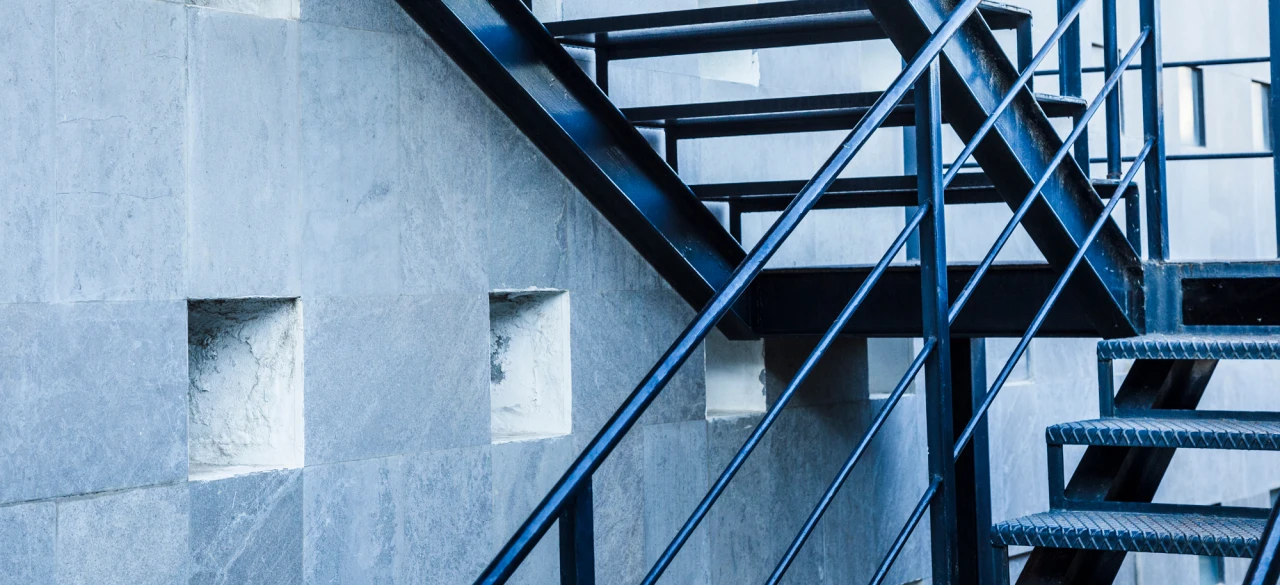

- Knowledge Base
- Tips & Explanations
- What happens during fire escape inspection?
What happens during fire escape inspection?
Fire escape testing ensures building compliance and occupant safety.
While many buildings do comply with fire safety regulations, 35% of buildings in the UK were deemed unsatisfactorily following a fire safety audit last year.
Here's everything you need to know about fire escape testing and why it is important.
Fire escapes are secondary means of egress from a building in the event of a fire and should people need to escape from a burning building even if the primary means are blocked or unusable.
As with steps and stairs, fire escapes should be inspected every 12 months under The Provision & Use of Work Equipment Regulations (PUWER) 1998, but it is also recommended that they undertake a more detailed inspection every five years by a qualified structural engineer.

Why it's crucial
17.1.4 of the British Standard Guide to Building Maintenance Management (BS 8210:2020) recommends that a structural survey of an external fire escape stairway is carried out every 5 years.
This is further reinforced by the Regulatory Reform (Fire Safety) Order 2005 (RRFSO) which requires responsible persons to take reasonable steps to ensure that fire safety equipment is maintained in an efficient state, in efficient working order, and in good repair.
It is a requirement under PUWER that they are inspected and serviced annually.
Having our engineers regularly test fire escape routes offers peace of mind to both occupants and building owners.
While on-site, Eurosafe can also inspect other equipment related to height safety or lightning protection.















